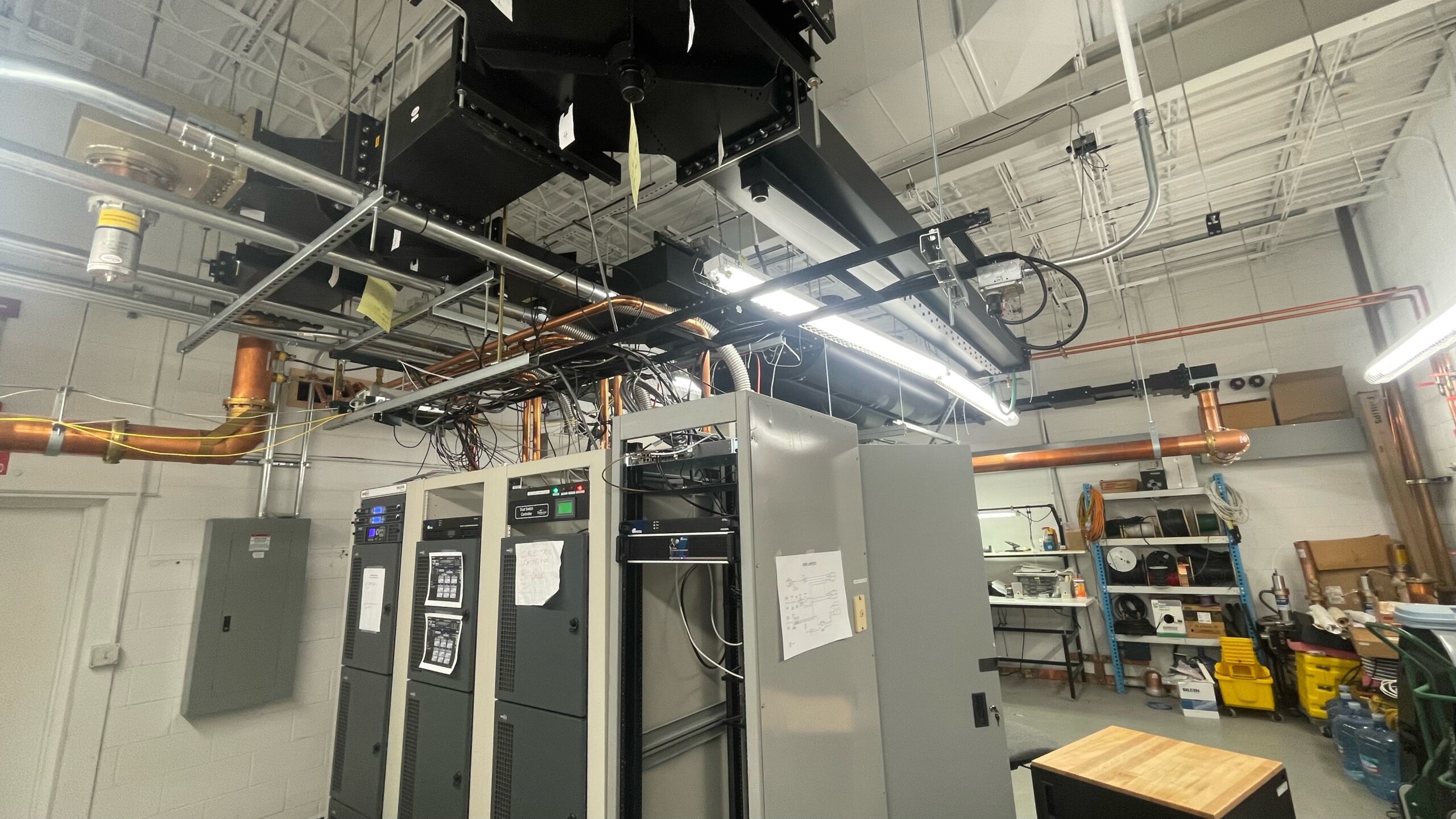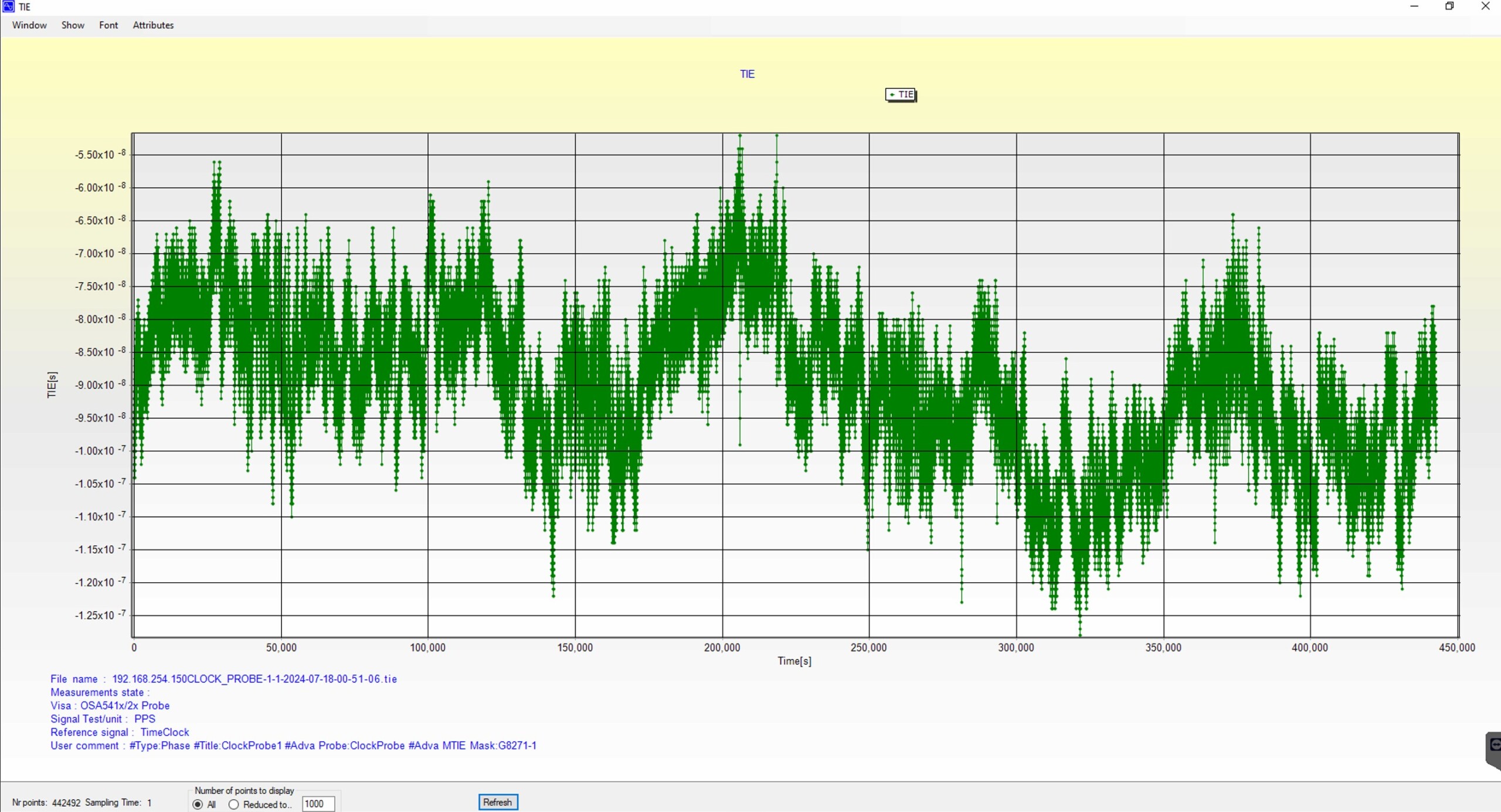
In our last update on the Broadcast Positioning System (BPS), we detailed the progress we made in the spring, installing and testing BPS at WHUT in Washington, D.C. From June through August, a season known for taking time off, the BPS team had their own twist on summer vacation.
First, BPS tried a two-week staycation. We left the system untouched and recorded data for two whole weeks to measure the accuracy. It validated our previous 48-hour test results, with the BPS receiver staying within +/- 40 ns during the entirety of the test, continuing to exceed all critical infrastructure needs.

Next, we decided that we should try to unplug for a while…unplug the GPS, that is. Simulating a GPS outage, relying exclusively on a cesium clock, we continued to transmit the BPS time. By the end of 5 days, time continued to be accurate within +/- 40 ns.

Finally, we decided to go someplace new. In August, we went to live on KWGN in Denver, a Nexstar station. Thanks to incredible effort by Nexstar’s engineers, we now have a second fully independent BPS transmission site. Our initial tests over a 20km path show +/- 7 ns accuracy – a stunning level of accuracy.

This Denver site is particularly valuable because earlier this year we initiated a partnership with NIST and Nexstar to test and validate the BPS system. Nexstar’s transmitter is 40 km from the NIST Boulder Laboratory and 106 km from another NIST facility in Fort Collins. The Boulder site is blocked from the Denver transmitter by a mountain. Under these adverse conditions, maintaining a signal is challenging, but once received, accuracy remains within +/- 50 ns. More work is being done to maintain that signal. Meanwhile, the reception site in Fort Collins, 106 km from the transmitter site, is performing as expected.
In the fall we go back to “school,” and we will have much more to report once the fall semester ends.

